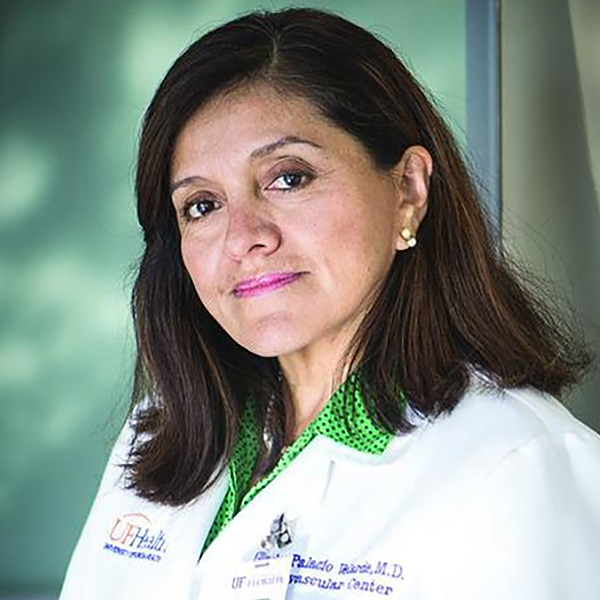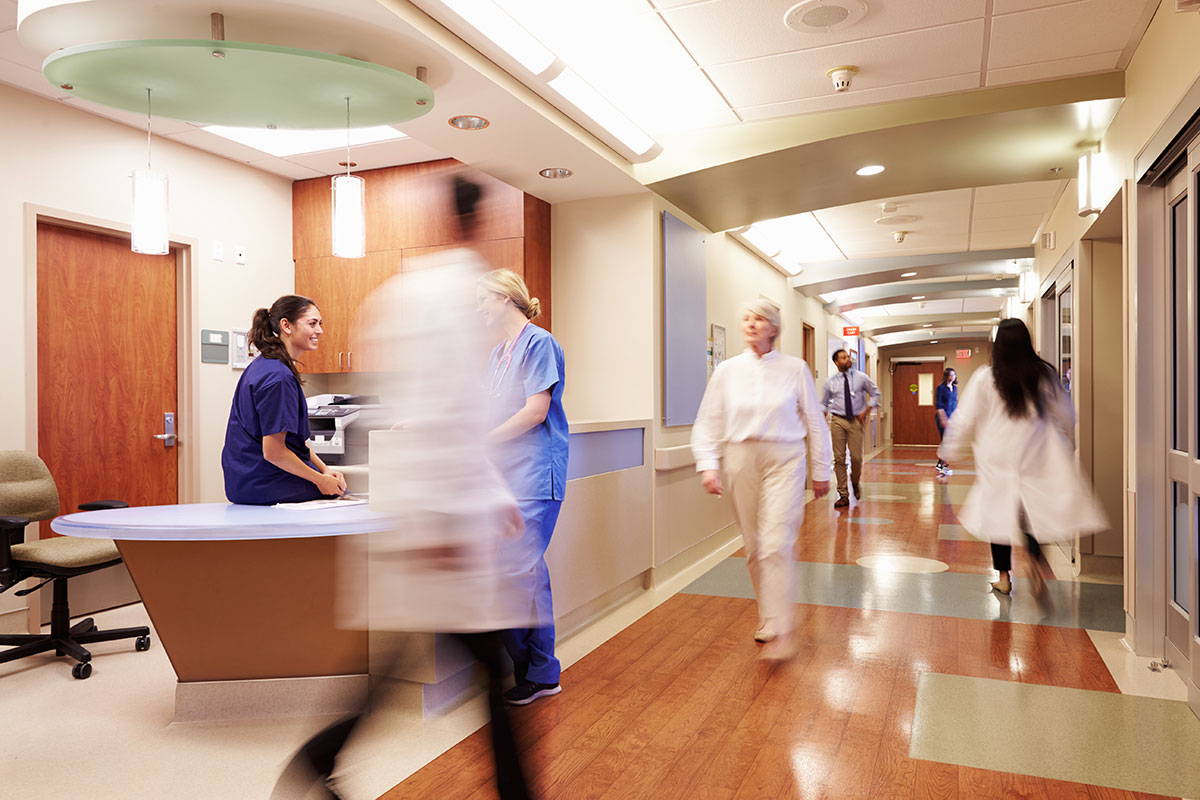#ChooseCardiology: Gladys P. Velarde, MD, FACC

FEATURE | The need to help others in a country with scarce resources, my love for science and the image of my older brother Carlos as a medical student were my initial inspirations to be a doctor.
At the age of 9, I lost my father to vascular complications. I never really knew the cause of his death; he was a heavy smoker and died shortly after an aorto-femoral arterial bypass.
I remember my father would take me for walks and at times had to stop to rub his legs. I could see the discomfort in his face, but he would not say a word. In time, I would come to understand his symptoms were likely due to arterial insufficiency.
After his passing, my mother, a petite 4'1'' giant of a woman from the deep Andes of Peru, single-handedly raised my three older brothers to successful college careers.
To be born to such an inspiring woman has been my greatest fortune. She is undoubtedly my hero and greatest inspiration.
My mom and I emigrated to the U.S. after I finished high school because of political unrest in my native Peru. We arrived in Queens, NY, with little money but full of hopes and dreams. Our story is the story of millions of Americans who come to the U.S. to work hard and make their dreams a reality.

And work hard we did.
The journey was not easy – I had to learn English, was unfamiliar with the American system and had no idea how to pursue a career in medicine.
Nonetheless, my own inquisitiveness about science, the memories of my childhood and the confidence my mother instilled in me fuel me to compete as premed and ultimately led me to medical school.
It is there in the hallways of Bellevue Hospital in New York City that my fascination with cardiology began.
While volunteering at the Bellevue Hospital cardiology clinic as an undergraduate student, I began to witness the growing medical need of my community.
It is there where I met Mariano J. Rey, MD, FACC. He was instrumental in my choosing cardiology as a career.
Rey was the only bilingual cardiologist and the clinic was always packed with Spanish-speaking patients. One of those patients was my mother and I was her translator.
His patients adored him because of the care, love and competence he projected. Students treasured his immaculate bedside teaching, skillful explanations of hemodynamics and cardiac physiology.

He was a mentor to so many and I was fascinated.
He generously shared his time and knowledge, shepherded my initial projects, guided my steps as an undergrad, and mentored me from correcting my English to sharpening my physical diagnosis skills.
I was obsessed with medicine and science, taking on summer projects and working in the exercise nuclear lab thanks to him. His work with reducing cardiovascular disparities still enlightens me to this day.
Right around the time of my graduation from NYU School of Medicine, as my American dream was taking shape, tragedy struck my family. The youngest of my brothers died suddenly from a cardiac event. My brother's sudden loss in the prime of his life further solidified my resolve to pursue cardiology.
My path thereafter was no less challenging but wonderful. At Columbia Presbyterian, I was inspired by Myron Weisdfelt, MD, and at Mount Sinai, I was inspired by Valentin Fuster, MD, PhD, MACC, and Jonathan L. Halperin, MD, FACC.
It was easy to feed my fascination and love for cardiology once I took the plunge with these amazing role models.
Mentoring has been critically important in my life. At the University of Rochester in New York, I was fortunate to develop the first medical student exchange program between the University of Rochester Medical Center and a Latin American University – Universidad Nacional Major de San Marcos, the oldest medical school in the region.
Third- and fourth-year students from both institutions do clinical rotations and gain invaluable experience learning medicine in very different systems. The program has fostered the growth of some incredibly talented students to date.

Currently, as program director of the Cardiovascular Fellowship Program at the University of Florida in Jacksonville, FL, I have had the privilege to teach and mentor remarkable young men and women who are honoring our profession.
As immediate past chair of the first Disparities in Care – a subsection of the ACC Prevention of Cardiovascular Disease Section – working under the leadership of Vera Bittner, MD, FACC, and Pamela B. Morris, MD, FACC, subsequently, we fomented intense dialogue about disparities of all aspects of cardiovascular care that resonates throughout different sections of the ACC today.
As a member in the ACC Women in Cardiology Leadership Council, I work alongside amazingly talented women and continue to be inspired by their passion, energy and commitment.
I hope to be able to contribute to the growth of our mission, and to inspire other women to join our profession. Nothing gives me more pleasure than to see those who pursue our profession, find their dreams realized and fulfilled.
I am happily married to a nonmedical wonderful man (Nery) and have three children, two boys and one girl (Andrew, Michael and Carla). My girl, the oldest, who I had during medical school, just graduated from medical school in 2019.
